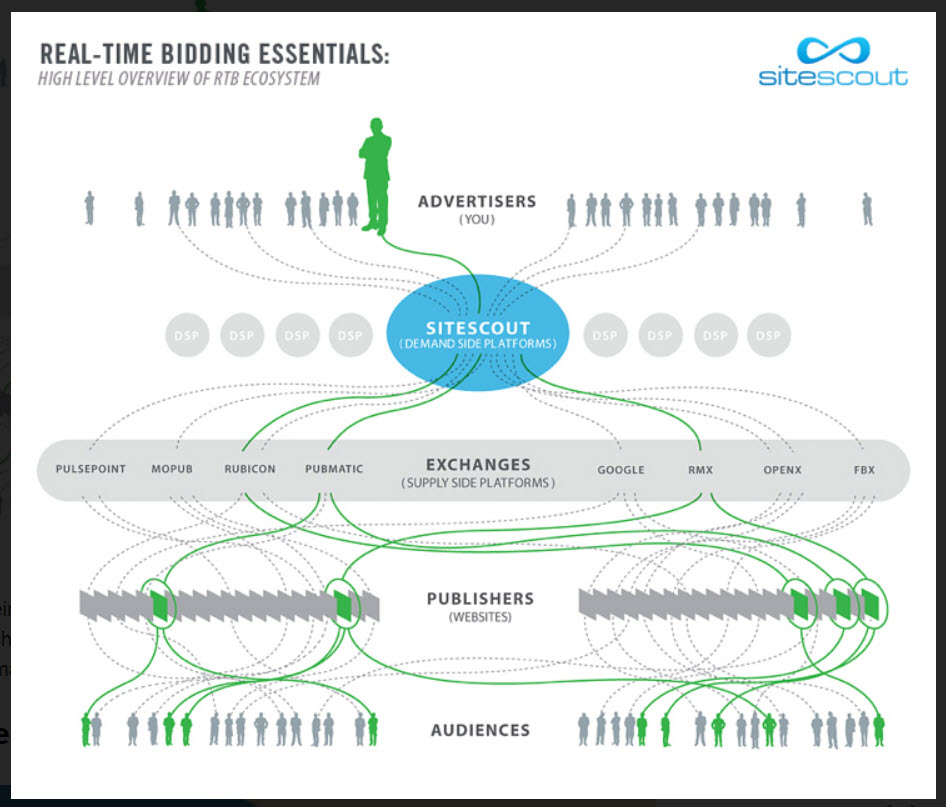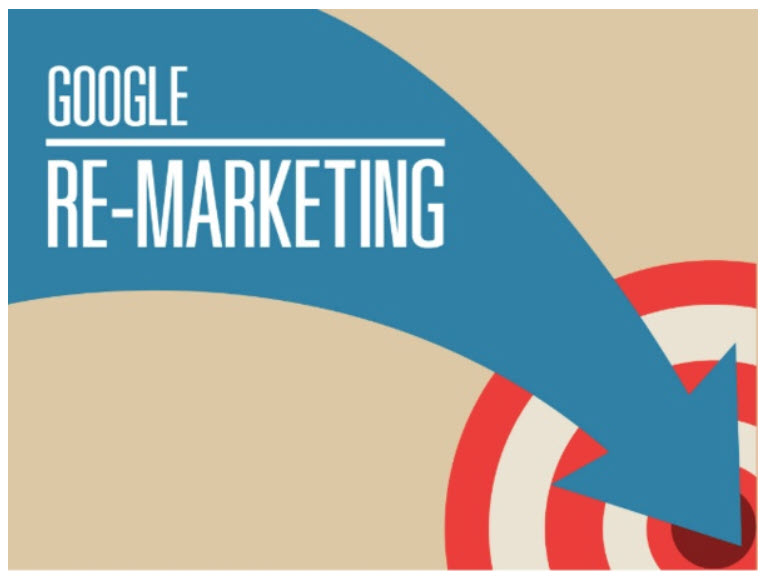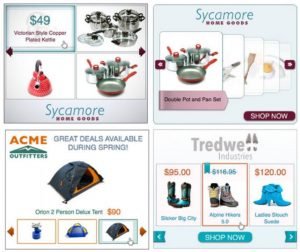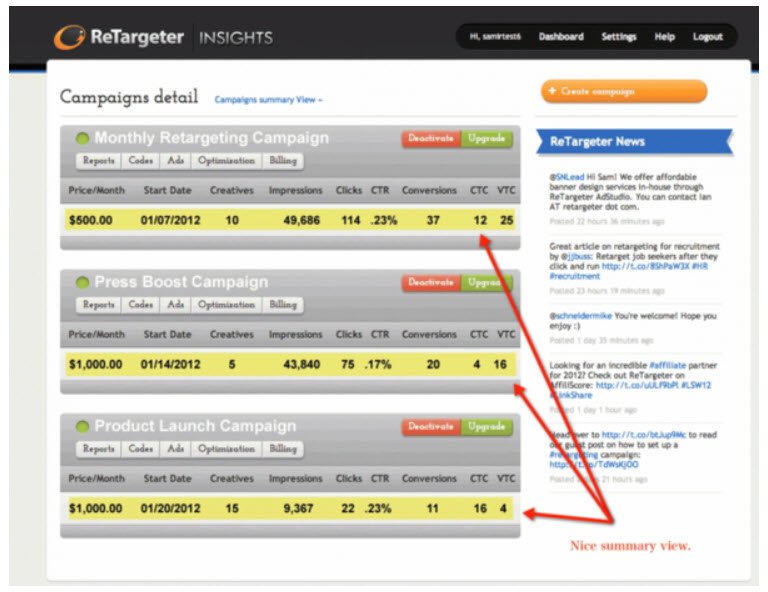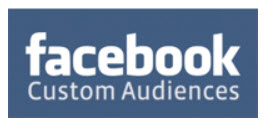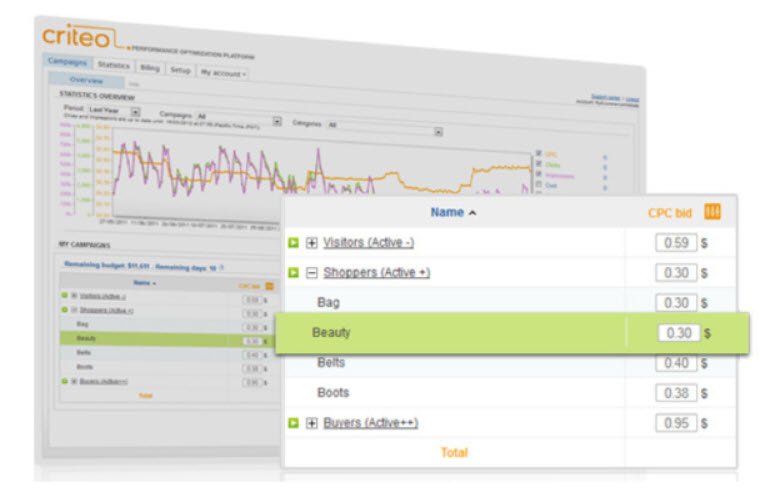Digital Marketing
- eMail & SMS marketing
- SEO SEM Services
- Social Media Services
- Online Reputation Management
- Full Lead Generation Services
- Special Services For Veterans!
Technical Services
- Custom Software Development
- eCommerce Website Implementations
- Website Speed Increase
- Website Development
- On Demand Support Requests


